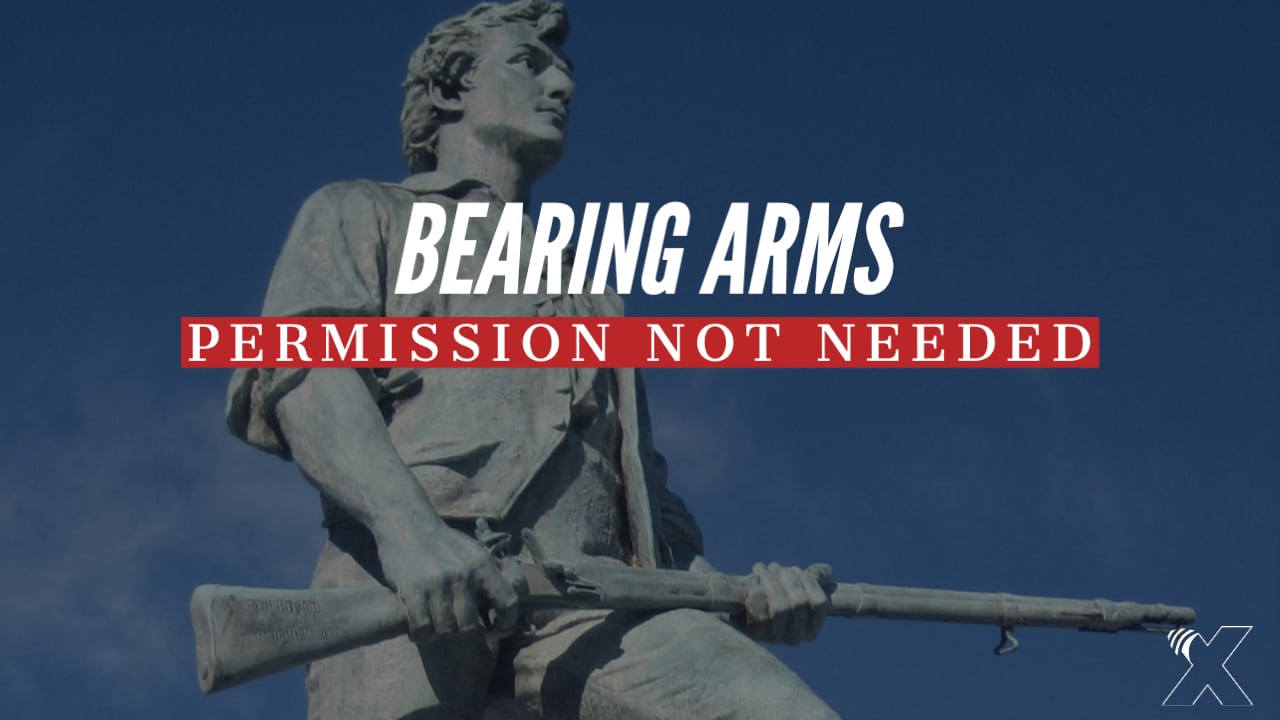Writing in Federalist 46 – James Madison gave us a four-step blueprint of how to stop federal programs – without waiting for the federal government to somehow, magically limit its own power. His strategy can and should be applied to a wide range of issues, including federal gun control.
Madison’s strategy focuses solely on actions by states and individuals, bypassing the feds completely. And he told us that following it would be extremely effective in stopping federal acts:
“would oppose, in any State, difficulties not to be despised; would form, in a large State, very serious impediments; and where the sentiments of several adjoining States happened to be in unison, would present obstructions which the federal government would hardly be willing to encounter.”
In short – a single state following Madison’s strategy would create troubles for the feds. A large state would cause serious issues for federal enforcement – and should a number of states take the same approach, the feds wouldn’t be able to overcome it.
Keep in mind, this was at a time when the federal government was so tiny in comparison to today – it would be unrecognizable. These days, in an era where the federal government relies on states to do pretty much everything, the strategy is even more powerful. During the so-called government “shutdown” of 2013, the National Governors’ Association thought they raised the alarm when they lamented that “states are partners with the federal government on most federal programs.”
But here’s the dirty little secret they don’t want you to understand – partnerships don’t work too well when half the team quits.
With that in mind, here are James Madison’s four steps – as applied to federal gun control.
“The disquietude of the people.”
Madison expected the people to throw a fit when the feds usurped power or tried to implement unpopular policies. When it comes to any and all federal gun control on the books, this is pretty straightforward: People need to be really outspoken – protesting – online and off.
This is already happening today – but the people need to continue, and ramp it up massively.
“Their Repugnance and Refusal to cooperate with the officers of the Union.”
You and I probably consider all federal gun control to be totally repugnant to the Constitution, to the 2nd Amendment, and to the principles of liberty. True, it is absolutely disgusting. But in context, this is likely not the way Madison was using the term.
The leading dictionaries of the time defined repugnance as “disobedient; not obsequious” (compliant). So, if you want to stop the federal government, you have to disobey them. Madison also suggested that people would perhaps directly refuse to cooperate with federal agents.
“The frowns of the executive magistracy of the State.”
Here Madison envisions governors formally protesting federal actions. This not only raises public awareness; executive leadership also leads to the next step – legislative action in the states.
“Legislative devices, which would often be added on such occasions.”
Madison kept this open-ended, but we’re certainly seeing it happen today.
For example, combining steps 3 and 4 earlier this year, Montana Gov. Greg Gianforte sent a letter to Attorney General Merrick Garland, denouncing the ATF pistol brace rule – and notifying him that state law bans the state from helping the ATF enforce it.
“Our right to keep and bear arms is integral to Montana’s and our nation’s rich heritage, and this rule directly violates our long-held traditions,” he wrote.
“As a matter of law, the State of Montana and its political subdivisions cannot enforce, or assist the ATF with enforcement, of this rule. The 2021 Montana Legislature passed, and I signed into law, House Bill 258.”
Thankfully, Montana is not alone in this effort, and HB258 covers more than just the pistol brace rule. Missouri, Arizona and Kentucky also have laws on the books banning each state from participating in the enforcement of various amounts of federal gun control, and depending on how things are implemented under state law, Idaho could be on board as well.
Four or five states is a good foundation, but it needs to be far more to guarantee a victory for the 2nd Amendment and liberty.
STEP BY STEP
As Thomas Jefferson told us, “the ground of liberty is to be gained by inches,” so there’s certainly potential to make this resistance stronger and highly effective.
When it comes to stopping federal gun control – all four of James Madison’s steps are in motion right now in small numbers, so we’ll need to see a lot more of the same to chalk up a win for liberty.
But that doesn’t mean it’ll be easy. James Otis, Jr. warned us that, “So long as people will submit to arbitrary measures, so long will they find masters.”
Ultimately, we don’t know if the good guys are going to win, but they can if the people and states hold firm, and build on this foundation.
And that foundation really needs to start with the people themselves. Because even if every state passed laws banning state and local law enforcement from helping the ATF enforce federal gun control measures, if the people continue to comply, there’s nothing to enforce, and the gun control regime marches on.
Samuel Adams may have summed it up best: “All might be free if they valued freedom, and defended it as they ought.”



